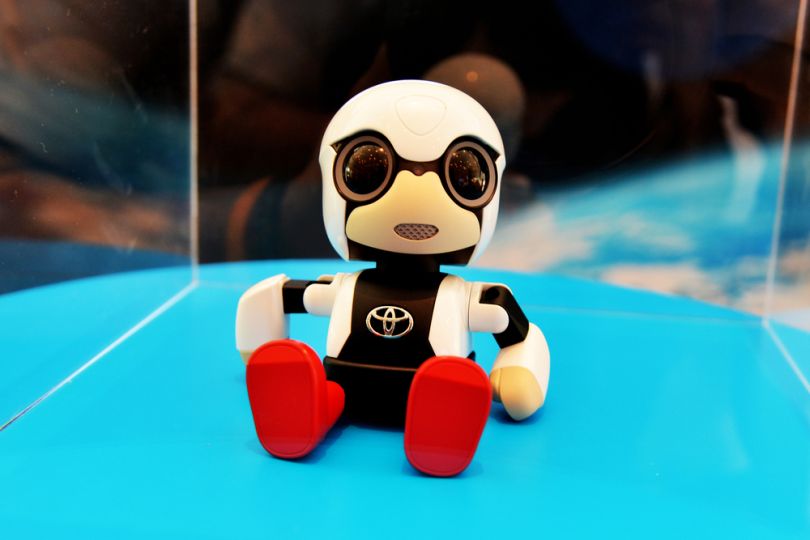
Automaker giant Toyota and robotics intelligence firm Preferred Networks have announced a partnership to develop service robots on Toyota’s Human Support Robot (HSR) robotics platform. Toyota revealed the collaboration earlier this week.
“Going forward toward our goal to develop service robots that better cater to the needs of our customers, we are excited by the prospect of collaborating in research and development with PFN, which boasts world-class intelligence technologies.”
“Since around 2004, Toyota has engaged in the development of partner robots that support both people with disabilities and the elderly, based on the concept of 'coexisting with humans and assisting them in their daily lives,'” said Nobuhiko Koga, Chief Officer of Toyota's Frontier Research Center, in a statement. “Going forward toward our goal to develop service robots that better cater to the needs of our customers, we are excited by the prospect of collaborating in research and development with PFN, which boasts world-class intelligence technologies."
While robots are increasingly considered in fields such as industrial use, medical care and logistics, service robots lag due to technological challenges in seamlessly integrating their use in the everyday lives of individuals.
The Japan-based companies now hope to tackle these issues together through combined R&D to usher the future of helper bots. Toyota will loan several dozen Human Support Robots to Preferred Networks, and then the firms will collaborate in research and development, sharing resources including existing IP.
“Since our establishment in 2014, at PFN we have used deep-learning to develop intelligent hardware for automobiles and industrial robots,” Toru Nishikawa, President & CEO of PFN, said in a statement. “By engaging in joint research and development with Toyota, who created the HSR, we hope to accelerate development of the functions necessary for robots to work in human living environments. Our goal is to realize the practical implementation of service robots for the first time in the world.”



